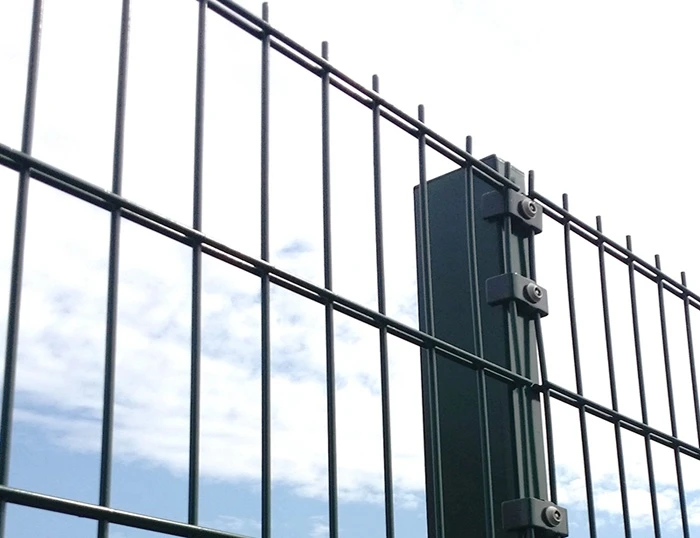Dec . 20, 2024 13:14 Back to list
Managing Livestock Effectively Through Innovative Netting Techniques for Enhanced Sustainability
Livestock Netting A Sustainable Solution for Modern Agriculture
As the world faces increasing pressures from population growth and climate change, agriculture must adapt to meet rising food demands while minimizing environmental impacts. One innovative solution that has emerged is livestock netting. This practice not only enhances livestock management but also contributes to sustainable agricultural practices.
Livestock netting involves the use of physical barriers, such as nets or fences, to manage livestock movement and grazing patterns. These barriers can prevent overgrazing, protect crops from being damaged by animals, and promote healthier pastureland. By controlling where livestock can graze, farmers can ensure that the land is used more efficiently, allowing for better recovery of grass and vegetation.
One of the main advantages of livestock netting is its ability to improve land management. Overgrazing is a significant problem in many areas, leading to soil degradation, erosion, and loss of biodiversity. By limiting access to certain areas, farmers can help rejuvenate overused pastures, allowing grasses to regrow and ecosystems to recover. This not only benefits the land but also improves the health of the livestock, as they have access to fresher and more nutritious forage.
Furthermore, livestock netting can enhance animal welfare. By creating designated grazing areas, farmers can monitor the health of their livestock more effectively. This setup allows for better shelter from harsh weather conditions, access to clean water, and the ability to forage safely without the stress of competing with other animals for resources. Healthy animals are not only more productive, but they also require fewer veterinary interventions, reducing costs for farmers.
livestock netting

Another significant benefit of livestock netting is its role in promoting sustainable practices within the farming industry. By managing grazing patterns, farmers can reduce the reliance on chemical fertilizers and pesticides. Healthy pastures with diverse plant species naturally suppress pests and diseases, leading to a decrease in chemical inputs. This shift towards more organic farming practices aligns with consumer demand for sustainably produced food, thus opening new market opportunities for farmers.
Moreover, livestock netting can play a critical role in carbon sequestration. Healthy grasslands are known to capture and store carbon dioxide from the atmosphere, thus mitigating climate change. When properly managed, these lands can act as significant carbon sinks, helping to offset greenhouse gas emissions generated by agricultural practices. As the agricultural sector seeks to reduce its carbon footprint, livestock netting can be part of a broader strategy for sustainable farming.
Despite the clear benefits, implementing livestock netting does come with challenges. Initial costs for materials and installation can be significant, especially for small-scale farmers. However, with the long-term benefits of increased productivity and reduced feed costs, many farmers find that the investment pays off over time. Additionally, ongoing education and support for farmers are essential to ensure successful implementation and management of these systems.
In conclusion, livestock netting represents a promising avenue for modern agriculture, offering solutions to some of the most pressing challenges in animal and land management. By promoting sustainable practices, enhancing animal welfare, and improving land management, this technique not only serves the immediate needs of farmers but also contributes to a healthier planet. As agriculture continues to evolve, strategies like livestock netting will be crucial in creating a more sustainable and resilient food system for future generations.
-
Reinforcing Mesh: Core Material of the Construction Industry
NewsJul.07,2025
-
Welded Wire Fabric Reinvented for Modern Projects
NewsJul.04,2025
-
Superiority of Stainless Steel Woven Mesh
NewsJul.04,2025
-
Key Types of Razor Wire and Their Applications
NewsJul.04,2025
-
Durable Metal Fence Types for Security
NewsJul.04,2025
-
Best Materials for Livestock Fence
NewsJul.04,2025
products.







